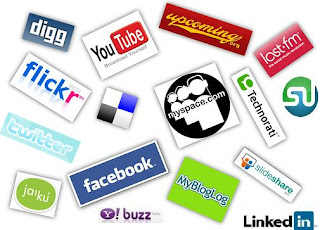 After seeing the recent Subway or MacDonalds Social media Marketing Campaigns, I often wondered if the social media marketing is all about Social Spamming. They have tried to take the email newsletter concept of marketing to Social Media which itself is a history.
After seeing the recent Subway or MacDonalds Social media Marketing Campaigns, I often wondered if the social media marketing is all about Social Spamming. They have tried to take the email newsletter concept of marketing to Social Media which itself is a history.But if you look at the Pizza Hut Campaign, they have smartly used the Social Media and World Cup frenzy for Marketing. It was one of the first examples of Connecting online world with offline as they gave away free meals via Facebook during the World Cup Games. They were estimated to have spent around Rs Rs 3 crore on this campaign and was quite successful. The restra's Facebook India page has around 978k+ fans and they rank 11th among Indian Facebook Pages in popularity and no. 1 in Restaurant Category.
So, what should we learn from here about the future of Social Media Marketing?
Just doing status updates or spamming walls won't help in getting customers being loyal to your brand and neither it would help in creating a brand value. A better investment would be giving away some rewards to your loyal customers in return of them talking about you on Social Media. Just remember Social is new "Word of Mouth".
Not, every one will be able to give away free meals like Pizza Hut but obviously they would be able to give away some discounts or some points for the customer loyalty on this media.
The whole idea is to interact with the customers in a more fun and rewarding way on such platforms or rather in a more Social Way!
In my next post, I would try to address the concerns which brands have before using this marketing tool, like Social Crib about the Brand!